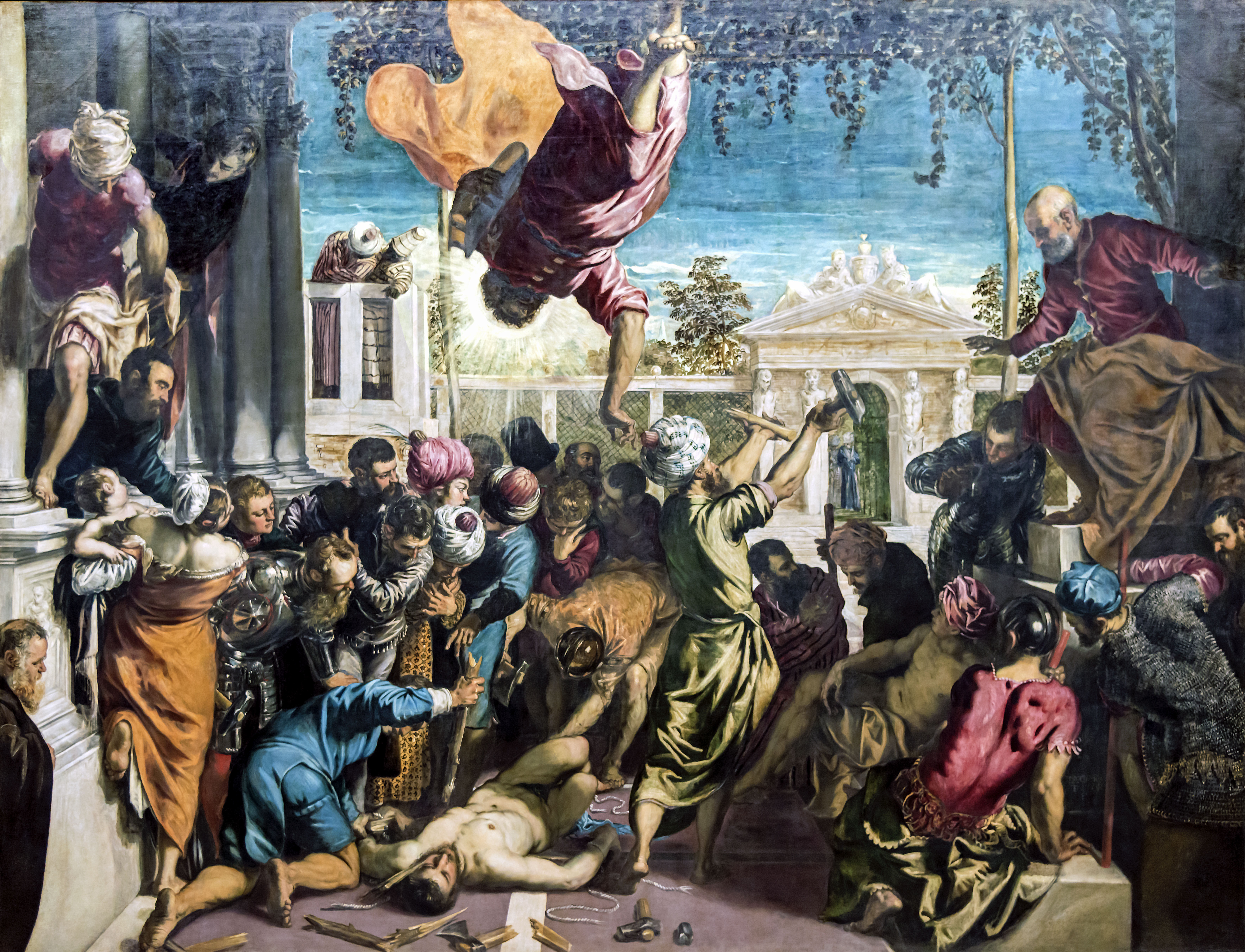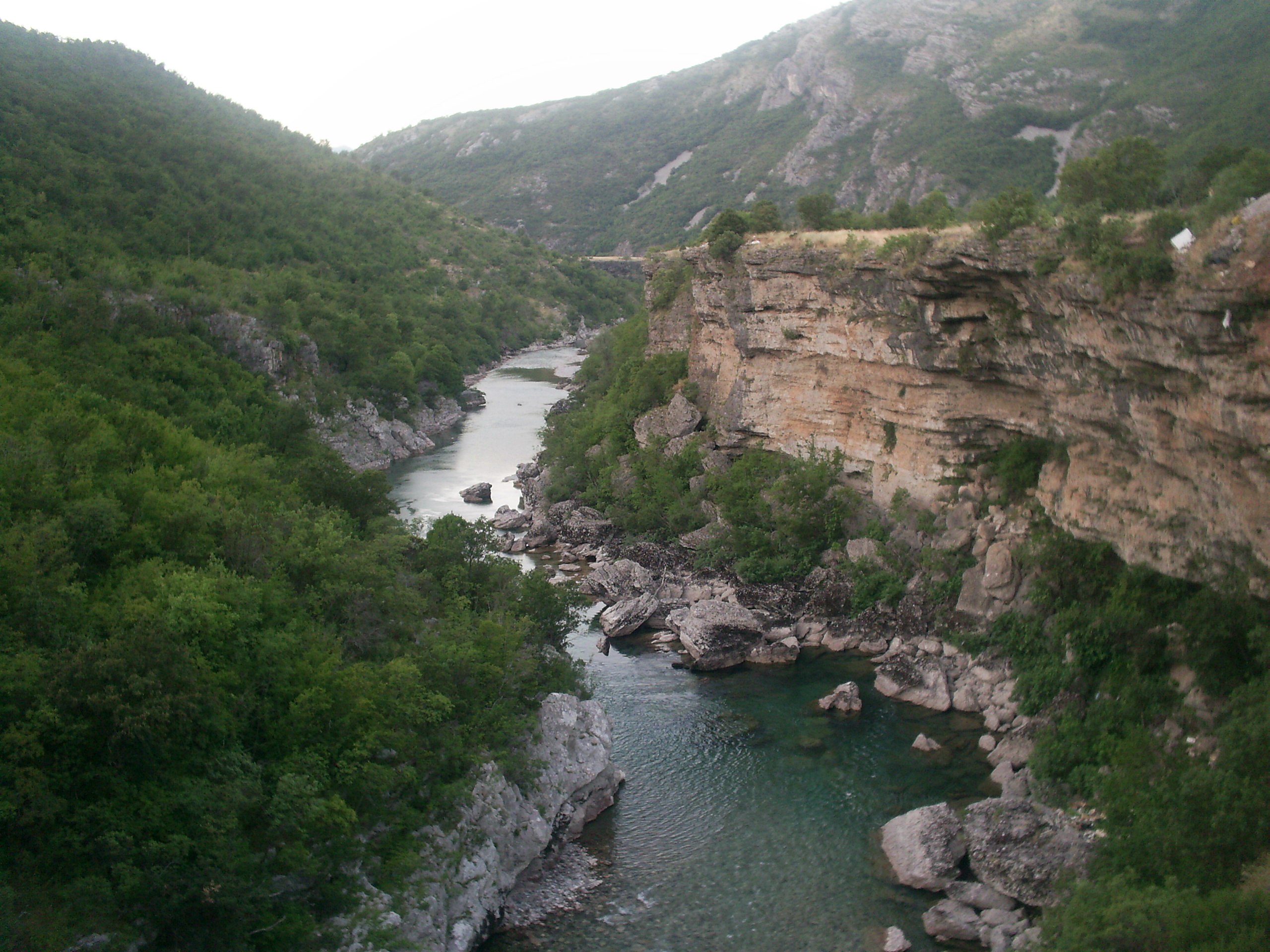|
Stephen Of Piperi
Saint Stephen of Piperi () (died May 20, 1697) is a Saint of the Serbian Orthodox Church. He was born into the Nikšić clan in the village of Kuti in Župa of poor but devout parents, Radoje and Jaćima Krulanović. According to tradition, he first lived a life of asceticism in the Morača monastery where he was abbot. The Turks drove him out of Morača and he settled in Rovacki, Turmanj in the place which today is called Celište. In 1660 he settled in Piperi in a cell where he remained in labor and asceticism until his death. He died peacefully on May 20, 1697. His relics still repose there and are claimed to produce miracles. His feast day is celebrated on the anniversary of his repose, on May 20 Events Pre-1600 * 325 – The First Council of Nicaea is formally opened, starting the first ecumenical council of the Christian Church. * 491 – Empress Ariadne marries Anastasius I. The widowed '' Augusta'' is able to choose her .... Ὁ Ὅσιος Στέφαν ... [...More Info...] [...Related Items...] OR: [Wikipedia] [Google] [Baidu] |
Saint
In religious belief, a saint is a person who is recognized as having an exceptional degree of Q-D-Š, holiness, likeness, or closeness to God. However, the use of the term ''saint'' depends on the context and Christian denomination, denomination. In Catholic Church, Catholic, Eastern Orthodox Church, Eastern Orthodox, Anglican Communion, Anglican, Oriental Orthodox, and Lutheranism, Lutheran doctrine, all of their faithful deceased in Heaven are considered to be saints, but some are considered worthy of greater honor or emulation. Official ecclesiastical recognition, and consequently a public cult of veneration, is conferred on some denominational saints through the process of canonization in the Catholic Church or glorification in the Eastern Orthodox Church after their approval. While the English word ''saint'' originated in Christianity, History of religion, historians of religion tend to use the appellation "in a more general way to refer to the state of special holiness t ... [...More Info...] [...Related Items...] OR: [Wikipedia] [Google] [Baidu] |
17th-century Births
The 17th century lasted from January 1, 1601 ( MDCI), to December 31, 1700 ( MDCC). It falls into the early modern period of Europe and in that continent (whose impact on the world was increasing) was characterized by the Baroque cultural movement, the latter part of the Spanish Golden Age, the Dutch Golden Age, the French ''Grand Siècle'' dominated by Louis XIV, the Scientific Revolution, the world's first public company and megacorporation known as the Dutch East India Company, and according to some historians, the General Crisis. From the mid-17th century, European politics were increasingly dominated by the Kingdom of France of Louis XIV, where royal power was solidified domestically in the civil war of the Fronde. The semi-feudal territorial French nobility was weakened and subjugated to the power of an absolute monarchy through the reinvention of the Palace of Versailles from a hunting lodge to a gilded prison, in which a greatly expanded royal court could be more easily k ... [...More Info...] [...Related Items...] OR: [Wikipedia] [Google] [Baidu] |
17th-century Serbian People
The 17th century lasted from January 1, 1601 ( MDCI), to December 31, 1700 ( MDCC). It falls into the early modern period of Europe and in that continent (whose impact on the world was increasing) was characterized by the Baroque cultural movement, the latter part of the Spanish Golden Age, the Dutch Golden Age, the French ''Grand Siècle'' dominated by Louis XIV, the Scientific Revolution, the world's first public company and megacorporation known as the Dutch East India Company, and according to some historians, the General Crisis. From the mid-17th century, European politics were increasingly dominated by the Kingdom of France of Louis XIV, where royal power was solidified domestically in the civil war of the Fronde. The semi-feudal territorial French nobility was weakened and subjugated to the power of an absolute monarchy through the reinvention of the Palace of Versailles from a hunting lodge to a gilded prison, in which a greatly expanded royal court could be more easily k ... [...More Info...] [...Related Items...] OR: [Wikipedia] [Google] [Baidu] |
1697 Deaths
Events January–March * January 8 – Thomas Aikenhead is hanged outside Edinburgh, becoming the last person in Great Britain to be executed for blasphemy. * January 11 – French writer Charles Perrault releases the book ''Histoires ou contes du temps passé'' (literally "Tales of Past Times", known in England as "Mother Goose tales") in Paris, a collection of popular fairy tales, including ''Cinderella'', ''Puss in Boots'', ''Red Riding Hood'', ''The Sleeping Beauty'' and ''Bluebeard''. * February 8 – The English infantry regiment of Arthur Chichester, 3rd Earl of Donegall is disbanded four years after it was first raised. * February 22 – Gerrit de Heere becomes the new Governor of Dutch Ceylon, succeeding Thomas van Rhee and administering the colony for almost six years until his death. * February 26 – Conquistador Martín de Ursúa y Arizmendi and 114 soldiers arrive at Lake Petén Itzá in what is now Guatemala and begin the Spanish conquest of Guatemala with a ... [...More Info...] [...Related Items...] OR: [Wikipedia] [Google] [Baidu] |
May 20 (Eastern Orthodox Liturgics)
May 19 - Eastern Orthodox Church calendar - May 21 All fixed commemorations below celebrated on June 2 by Orthodox Churches on the Old Calendar. For May 20th, Orthodox Churches on the Old Calendar commemorate the Saints listed on May 7. Saints * Saint Lydia of Thyatira (Lydia of Philippi), mentioned in Acts 16:14-15 (1st century)Ἡ Ἁγία Λυδία ἡ Φιλιππησία 20 Μαΐου. ΜΕΓΑΣ ΣΥΝΑΞΑΡΙΣΤΗΣ. * Martyrs Thalelaeus the Unmercenary, at Anazarbus in |
Miracle
A miracle is an event that is inexplicable by natural or scientific lawsOne dictionary define"Miracle"as: "A surprising and welcome event that is not explicable by natural or scientific laws and is therefore considered to be the work of a divine agency." and accordingly gets attributed to some supernatural or praeternatural cause. Various religions often attribute a phenomenon characterized as miraculous to the actions of a supernatural being, (especially) a deity, a magician, a miracle worker, a saint, or a religious leader. Informally, English-speakers often use the word ''miracle'' to characterise any beneficial event that is statistically unlikely but not contrary to the laws of nature, such as surviving a natural disaster, or simply a "wonderful" occurrence, regardless of likelihood (e.g. "the miracle of childbirth"). Some coincidences may be seen as miracles. A true miracle would, by definition, be a non-natural phenomenon, leading many writers to dismiss miracles as p ... [...More Info...] [...Related Items...] OR: [Wikipedia] [Google] [Baidu] |
Piperi Clan
Piperi ( cyrl, Пипери) is a historical Tribes of Montenegro, tribe (''pleme'') of Albanians, Albanian origin and a region in northeastern Montenegro. Piperi is located between the Morača river, Morača and Zeta River, Zeta rivers up to the northern suburbs of the Montenegrin capital Podgorica. Origins Originally an Albanian tribes, Albanian tribe ( sq, Pipri), the Piperi underwent a process of gradual Slavicisation, cultural integration into the neighbouring Slavic population. A Franciscans, Franciscan report of the 17th century illustrates the final stages of their acculturation. Its author writes that the Bratonožići, Piperi, Bjelopavlići and Kuči:"'' nulla di meno essegno quasi tutti del rito serviano, e di lingua Illrica ponno piu presto dirsi Schiavoni, ch' Albanesi ''" (since almost all of them use the Serbian rite and the Illyric (Slavic) language, soon they should be called Slavs, rather than Albanians). Historical research has shown that Piperi is not a tribe ... [...More Info...] [...Related Items...] OR: [Wikipedia] [Google] [Baidu] |
Morača
The Morača ( sr-cyrl, Морача, ) is a major river in Montenegro that originates in the northern region in Kolašin Municipality under Mount Rzača. It meanders southwards for before emptying into Lake Skadar. Its drainage basin covers .Statistical Yearbook of Montenegro 2017, Geography Statistical Office of Montenegro In its upper flow the Morača is a fast mountain river. Just north of it merges with its largest tributary, the , which it then cuts a rocky |
Serbian Orthodox Church
The Serbian Orthodox Church ( sr-Cyrl, Српска православна црква, Srpska pravoslavna crkva) is one of the autocephalous (ecclesiastically independent) Eastern Orthodox Christian denomination, Christian churches. The majority of the population in Serbia, Montenegro and the Republika Srpska entity of Bosnia and Herzegovina are members of the Serbian Orthodox Church. It is organized into metropolis (religious jurisdiction), metropolitanates and eparchies, located primarily in Serbia, Bosnia and Herzegovina, Montenegro, and Croatia. Other congregations are located in the Serb diaspora. The Serbian Patriarch serves as first among equals in his church. The current patriarch is Porfirije, Serbian Patriarch, Porfirije, enthroned on 19 February 2021. The Church achieved Autocephaly, autocephalous status in 1219, under the leadership of Saint Sava, becoming the independent Archbishopric of Žiča. Its status was elevated to that of a patriarchate in 1346, and was kn ... [...More Info...] [...Related Items...] OR: [Wikipedia] [Google] [Baidu] |






